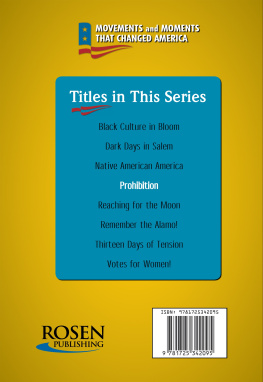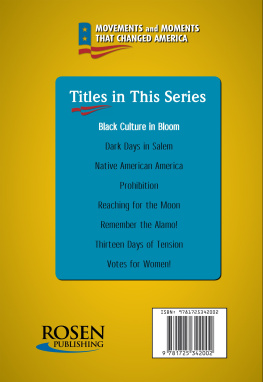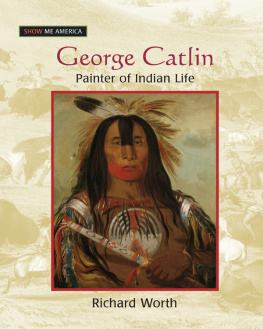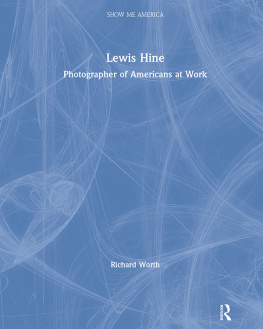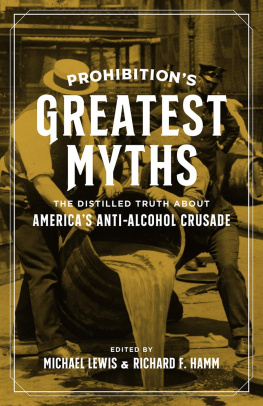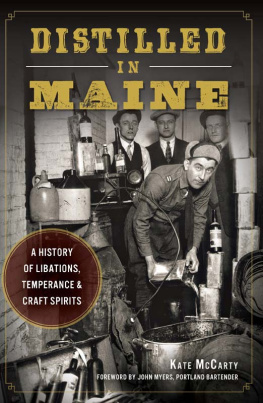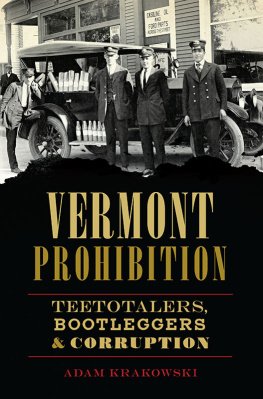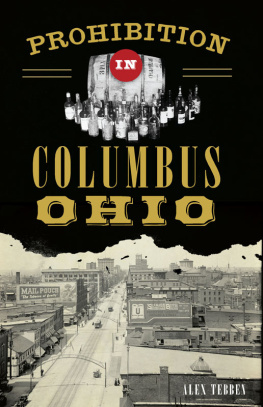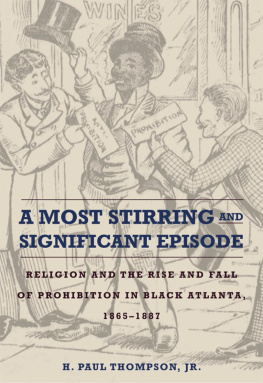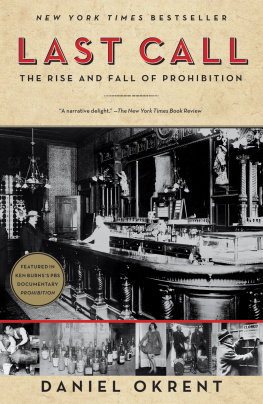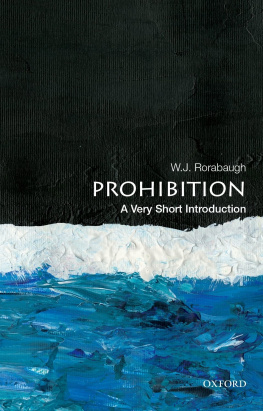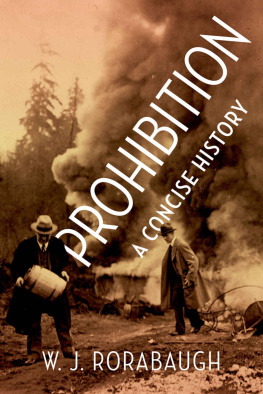

Published in 2021 by The Rosen Publishing Group, Inc.
29 East 21st Street, New York, NY 10010
Copyright 2021 by The Rosen Publishing Group, Inc.
All rights reserved.
No part of this book may be reproduced by any means without the written permission of the publisher.
Library of Congress Cataloging-in-Publication Data
Names: Worth, Richard, author.
Title: Prohibition: the rise and fall of the temperance movement / Richard Worth.
Description: New York: Rosen Publishing, 2021. | Series: Movements and
moments that changed america | Includes bibliographical references and
index. | Audience: Grades 6-12.
Identifiers: LCCN 2019009511 | ISBN 9781725342095 (library bound) | ISBN
9781725342088 (pbk.)
Subjects: LCSH: ProhibitionUnited StatesJuvenile literature. |
TemperanceUnited StatesHistoryJuvenile literature. | United
StatesHistory1919-1933Juvenile literature.
Classification: LCC HV5089 .W8949 2021 | DDC 364.1/73097309041dc23
LC record available at https://lccn.loc.gov/2019009511
Portions of this book originally appeared in Teetotalers and Saloon Smashers: The Temperance Movement and Prohibition.
Photo Credits: Cover, p..
CPSIA Compliance Information: Batch #BSR20. For further information contact Rosen Publishing, New York, New York at 1-800-237-9932.

CONTENTS


INTRODUCTION
Time and again, grassroots political movements have changed the course of American history. During the eighteenth century, the revolutionary uprising against Great Britain began as a grassroots movement. In Boston, the Sons of Liberty were largely average working people who finally decided that the British Parliament had pushed them too far and taxed them too much. In 1774, they stormed Boston Harbor, threw the British tea into the water, refused to pay the tea tax, and defied Parliament to stop them. A year later, the minutemen who fought at the Battles of Lexington and Concord were farmers and shopkeepers who rose up to protect what they saw as their inalienable rights. Eventually, their movement created a revolution that drove out the British rulers.
The abolition movement of the nineteenth century began as a grassroots movement to put an end to slavery. It started with a relative handful of people who were criticized as radicals for trying to outlaw slavery. As time went on, however, more and more Northerners joined the movement, helping African Americans escape bondage in the South through the Underground Railroad. The movement produced a gifted writer, Harriet Beecher Stowe, who helped turn slavery into a burning national issue with her novel Uncle Toms Cabin. Those opposed to slavery created a new political party, the Republicans; elected a president, Abraham Lincoln; and eventually helped lead America during the Civil War to the abolition of slavery across the United States.

This engraving shows a mob of women destroying barrels of alcohol in Fredericktown, Ohio, in 1879. Women may not have been able to escape domestic violence brought about by their husbands alcoholism, but they did have the power to protest against the manufacture and sale of alcohol.
After the Civil War ended, another grassroots movement arose. This one was led primarily by women. Although they were not permitted to vote, this did not stop them from taking to the streets and lobbying state legislators to sound the alarm about the evils of alcohol. Some of them were married to men who stopped at taverns after work and spent their paychecks on drink. Later they arrived home drunk and beat their wives and children. As the Prohibition movement grew, it captured the attention of state legislators. Gradually, the Prohibitionists gained enough support to force legislators into passing prohibition laws.
Together with the Anti-Saloon League, also led by women as well as a few men, the Prohibitionists became one of Americas most successful lobbying efforts. They helped elect congressmen who supported their movement and eventually won a majority in Congress who proposed a prohibition amendment to the US Constitution. By 1919, a majority of states had approved the amendment, and it became law.
 1
1
LEADING A REVOLUTION
Revolutionary leaders can come from almost anywhere. They might be politicians, members of the clergy, or well-known actors or artists. But they can also emerge from nowhere, becoming famous almost overnight for a revolutionary act that stuns society.
In the early morning of a warm June day in 1900, a grayhaired grandmother appeared at the door of John Dobsons tavern in Kiowa, Kansas. She was dressed in black. The 6-foot-tall (183-centimeter-tall) woman with a frown set above her square jaw entered the joint, as she called it. She carried some small items from her home in Medicine Lodge, about 10 miles (16 kilometers) away.
Once inside, she began hurling these items at glassware, liquor bottles, mirrors, and windows. She shattered everything in sight. After completing her work at Dobsons, the woman went along the street to other taverns and saloons. At these taverns, she picked up billiard balls and cue sticks. She used them to repeat the work she had begun at Dobsons. The woman said that a voice in a dream had persuaded her to go to Kiowa. The voice had said, Take something in your hands, and throw at these places in Kiowa and smash them. Eventually, the local sheriff stopped the woman from entering any other saloons. But instead of throwing her in jail, he decided to let her off with a warning.
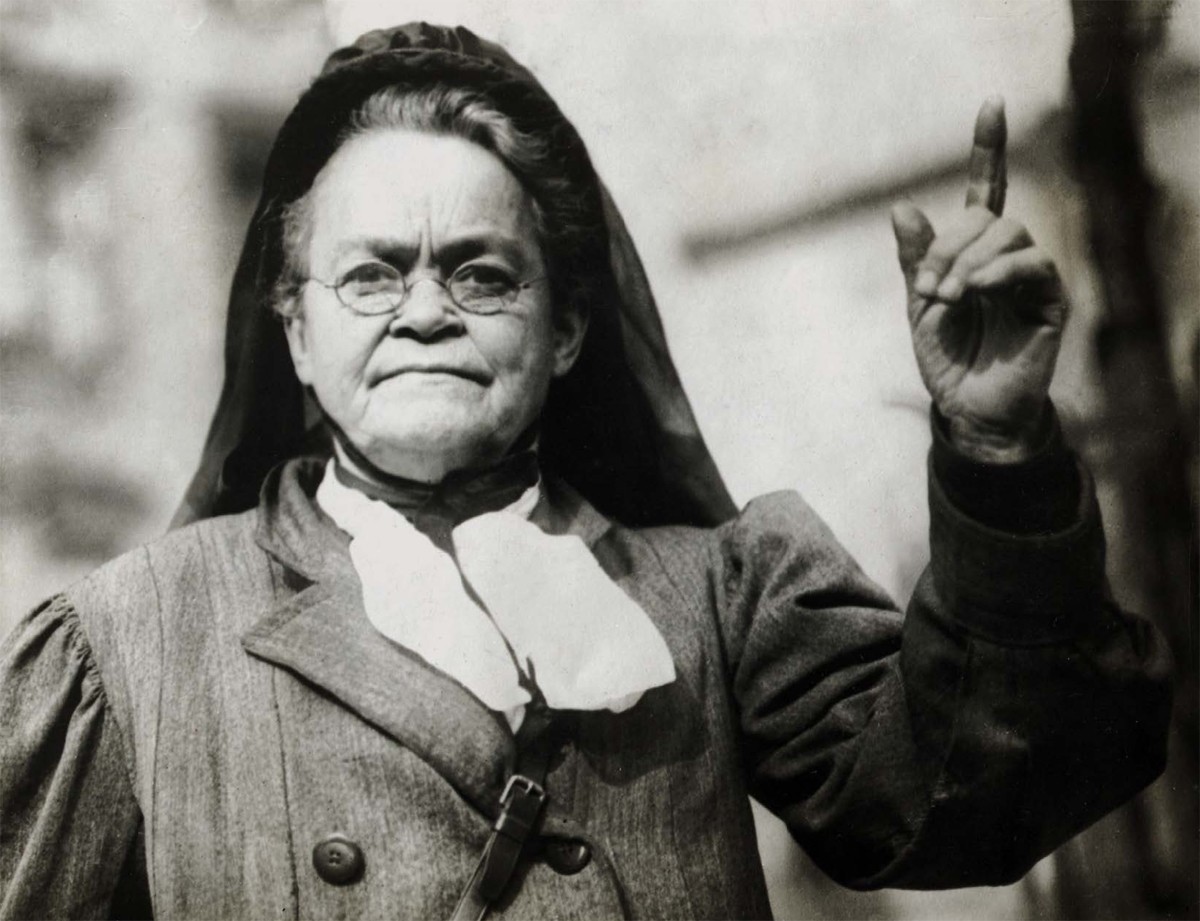
Carry Nation acted as a catalyst in the effort to outlaw the use of alcohol, and her dynamic leadership brought many women out on the streets and in front of state legislatures to support the passage of prohibition laws.
Carry Nation had begun her campaign of destruction against the saloons of Kansas. It was her battle for temperance, a largely religious effort to get people to stop drinking alcohol. In 1880, the Kansas legislature had passed a law calling for prohibition, outlawing the use of alcohol. But the Kansas courts and the local sheriffs had ignored the law. They let the saloons remain open. In mid-June, Nation appeared at a meeting of the local chapter of the Womans Christian Temperance Union (WCTU). This was a national organization committed to reducing the amount of drinking and passing prohibition laws. Nation was president of the group.
On a wintry day in late December 1900, she traveled to Wichita, Kansas. The next morning, Nation appeared at the Carey Hotel bar. This was the fanciest bar in the city. Nation later called herself the right arm of God destined to wreck every saloon in your She believed that God had chosen her to destroy the saloons and put an end to the influence of alcohol.

